ASTM A108 steel is an important metal with many use cases. Its strength and durability greatly increases the safety and performance of different parts in aerospace, construction and automotive fields.
Therefore, today we will see the chemical and physical properties of this steel. We will also explore its benefits, uses and limitations.
Chemical Composition
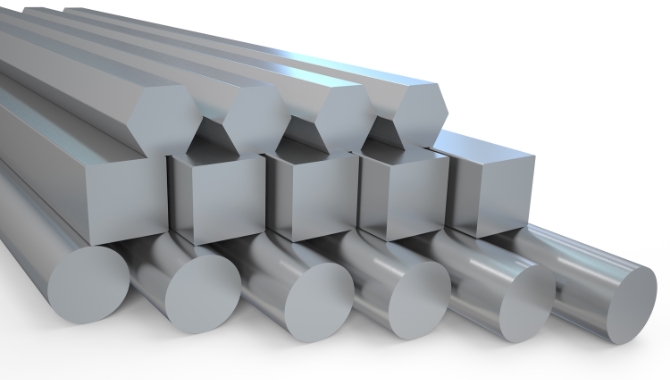
ASTM A108 steel is a multipurpose carbon and alloy steel that’s famous for its outstanding strength and machinability. This table shows chemical composition range for ASTM A108 steel:
| Element | Percentage Range |
|---|---|
| Carbon | 0.15 – 0.20% |
| Manganese | 0.60 – 0.90% |
| Phosphorus | 0.040% max |
| Sulfur | 0.050% max |
| Silicon | 0.100% max |
| Iron | Balance |
Mechanical Properties and Heat Treatment
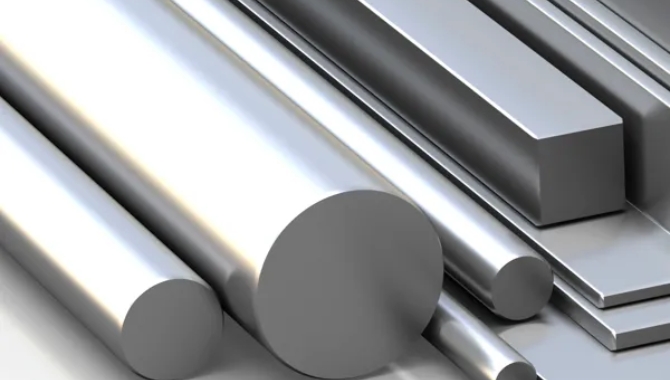
ASTM A108 steel’s mechanical properties change on the basis of its heat treatment and composition.
Tensile Strength
With 85,000 PSI tensile strength, ASTM A108 steel outshines in load-bearing use cases. Its high strength makes it a top choice for making critical parts such as construction fasteners and auto crankshafts.
Hardness
The hardness of ASTM A108 steel changes on the basis of grade and is usually around 126 HB. Cold drawn 1045 grade can get Rockwell C 54-60 hardness which makes it appropriate for high wear parts such as gears in construction machinery and crankshafts in automotive.
Heat Treatment Options:
Different heat treatments can greatly increase the properties of ASTM A108 steel. Let’s look at these options:
Quenching and Tempering:
This process involves heating the steel at 850 to 900°C, followed by rapid cooling in oil or water and reheating at 205-600°C. Quenching and tempering increases strength and toughness which results in 126 HRC hardness based on tempering temperature. This improvement in properties makes this steel best for high stress automotive, construction and aerospace parts such as crankshafts, gears and fasteners.
Annealing:
The annealing method for ASTM A108 steel involves a particular temperature range and cooling process. By heating the steel to 815-900°C, maintaining this temperature and then cooling it slowly, manufacturers can get many benefits. It refines the grain structure, lowers hardness to 170-210 HB and increases ductility. These changes notably promote machinability of parts such as construction machinery gears and car crankshafts.
Aging:
Aging is another good heat treatment for ASTM A108 steel. Just heating steel at 500°C for an hour significantly increases its mechanical characteristics. In this method, fine Cu particles precipitate inside the material which increase yield strength to 755 MPa and tensile strength to 812 MPa. The better strength to weight ratio makes aged A108 steel a viable option for high stress aerospace fasteners and auto transmission parts.
Benefits of ASTM A108 Steel
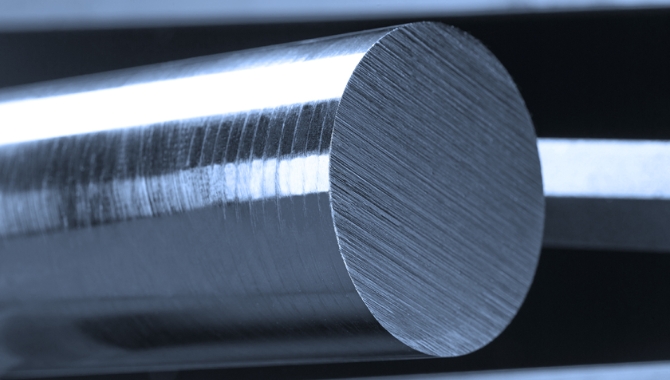
ASTM A108 steel stands out in different industries due to its peculiar combination of properties. The following subsection show some of its main advantages.
Durability and Strength:
Outstanding strength is a main feature of A108 steel. It is mostly used to handle heavy loads thanks to 85,000 PSI tensile strength. Construction projects mostly use it for weight bearing beams owing to its brilliant core strength. Heat treating further increases the steel’s durability and this makes it perfect for demanding automotive parts such as gears or crankshafts.
Machinability
ASTM A108 steel provides extraordinary machinability, particularly in 1215 and 1018 grades. This permits manufacturers to produce intricate automotive parts such as axles and gears with high accuracy. When it’s properly lubricated and using appropriate tools, fabricators can get remarkably smooth surface finishes in high stakes medical equipment.
Surface Finish:
The outstanding surface finish of ASTM A108 steel sets it apart. Its capability to reach roughness values as low as 32 microinches makes it indispensable for precision parts. Medical devices, surgical tools and automotive parts like fuel injectors benefit from this extraordinary smoothness a lot.
Cost-Effectiveness:
Manufacturers find ASTM A108 steel to be an affordable choice that does not affect quality much. Despite impressive tensile strength up to 85,000 PSI, it stays competitively priced. Its multifunctionality decreases production costs for manufacturers which makes it best for price sensitive uses such as construction machines gears and automotive crankshafts where both economy and performance are very important.
Applications of ASTM A108 Steel
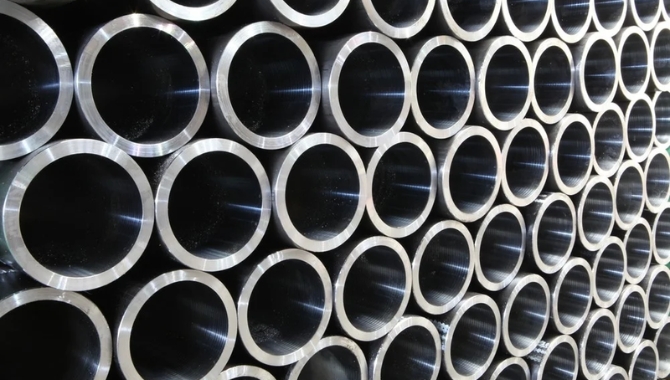
The multifunctional characteristics of ASTM A108 steel make it valuable across different fields. Let’s look at its main uses:
Automotive Industry:
High stakes automotive parts rely on ASTM A108 steel. Crankshafts, gears and axles benefit from its machinability and strength and this makes it an outstanding option for precision parts in transmission and engine.
Construction Industry:
In construction, ASTM A108 steel is very important because of its high pulling strength. Structural fasteners, reinforcing bars and stair treads mainly use this substance to increase the durability and safety of the buildings.
Defense and Aerospace:
Aerospace and defense manufacturers use ASTM A108 steel’s extraordinary strength to weight ratio. Aircraft landing gears and missile guidance systems incorporate this steel because these operations require both reliability and accuracy.
Food Processing and Medical Devices:
Food industry blenders and surgical tools generally use ASTM A108 steel for its great machinability and hygienic features.
Energy:
The heat resistance of ASTM A108 steel makes it a main choice for steam power plant components such as turbine shafts.
ASTM A108 Steel Grades: Main Differences
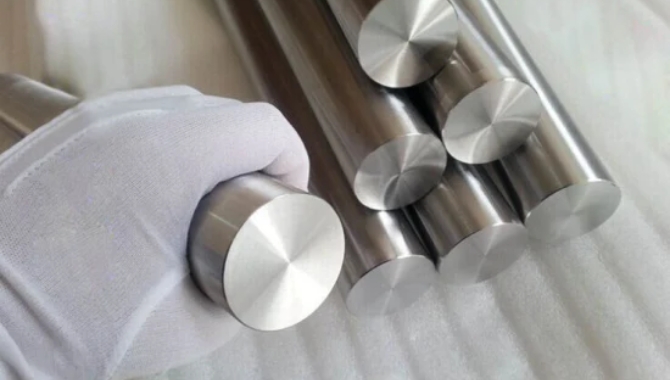
ASTM A108 has many steel grades and all of them have unique traits. Let’s go through them one by one.
Grade 1018:
Grade 1018 gives exceptional formability and weldability due to 440 MPa tensile strength of. Automotive manufacturers mostly use this grade for parts such as camshafts and pistons where moderate durability and machining ease are necessary.
Grade 1045:
With tensile strength ranging 570 to 700 MPa, Grade 1045 steel gives more hardness and strength. It’s best for high stress uses such as construction machinery gears and auto axles where durability matters.
Grade 4140 and 4340:
These strong alloys provide better wear protection and toughness. Grade 4140, with 655 MPa tensile strength is the top pick for heavy machinery gears. Meanwhile, Grade 4340 impresses with 860 to 1980 MPa tensile strength and is used in aerospace parts like aircraft landing gears.
ASTM A108 vs. Other Standards
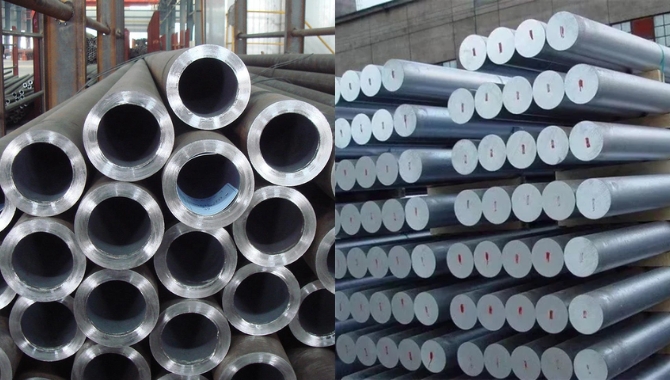
Understanding how ASTM A108 compares with other steel standards is very important to make right selections of material.
ASTM A108 vs. ASTM A36
ASTM A108 outshines ASTM A36 in machinability and strength. A36 steel has 36,260 PSI minimum yield strength while A108 grades such as 1045, can reach 45,000 PSI. This higher strength makes A108 more appropriate for high stress operations.
ASTM A108 vs. ASTM A572
For big structural projects ASTM A572 is usually the main choice. Its 50,000 PSI minimum yield strength beats many A108 grades. But for smaller parts that require high accuracy, A108 is better for machinability and cost. Bridge girders and skyscraper frames generally use A572 while intricate parts such as fasteners and hydraulics do better with A108.
ASTM A108 vs. SAE 1018
SAE 1018 is actually a certain grade within the ASTM A108 specification. Both have similar chemistry with 0.15 to 0.20% carbon. The difference is in their uses. Manufacturers generally use cold drawn SAE 1018 for pins and shafts. On the other hand, A108 grades serve a broader range of industrial needs from automotive camshafts to medical instruments.
Limitations of ASTM A108 Steel
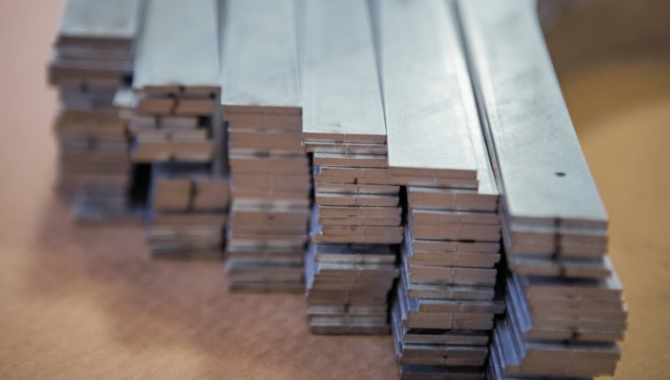
While ASTM A108 steel provides several advantages, it’s also necessary to understand its limitations.
Weldability Challenges:
The higher content of carbon (0.15-0.20%) in ASTM A108 steel can cause difficulties during welding. This happens particularly in thicker sections. Post weld heat treatment and pre heating to 150-200°C are generally required to avoid cracking in critical parts such as construction equipment gears or automotive crankshafts.
Corrosion Resistance:
A108 components may corrode faster in harsh environments such as chemical processing facilities or marine settings.
Conclusion
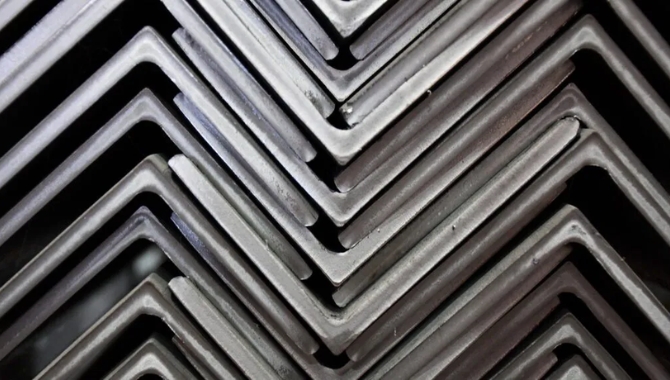
In short, ASTM A108 steel’s special mix of strength, price-effectiveness and machinability makes it a popular choice across different industrial sectors. From car parts to aircraft operations, its different grades fulfill a broad range of needs.
If you need sheet metals fabrication services for any type of steel, contact KDM Fabrication. They have 10+ years of experience in this field and have worked with hundreds of client worldwide.
FAQ’s
How does the cold finishing process improve the performance and quality of ASTM A108 steel?
ANS: Cold finishing increases dimensional accuracy and surface finish of ASTM A108. It also promotes mechanical characteristics. As a result, the yield and tensile strength of steel increases which improves its machinability and gives better roundness and straightness as compared to its hot rolled counterpart.
Can ASTM A108 steel be welded and what are the challenges associated with welding it?
ANS: ASTM A108 steel can be welded but its higher carbon content presents certain limitations. To avoid cracking, welders mostly pre heat the steel and do post weld heat treatment. Moreover, keeping the mechanical properties of steel intact needs a careful control of welding methods.
How does heat treatment affect the strength and durability of ASTM A108 steel?
ANS: Heat treatment greatly increases ASTM A108 steel’s durability and strength. Quenching and tempering can raise its tensile strength up to 85,000 PSI and increase hardness to roughly 126 HB. On the other hand, annealing promotes the machinability and ductility of the steel.




